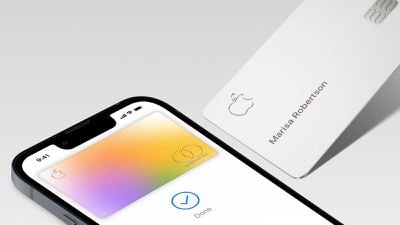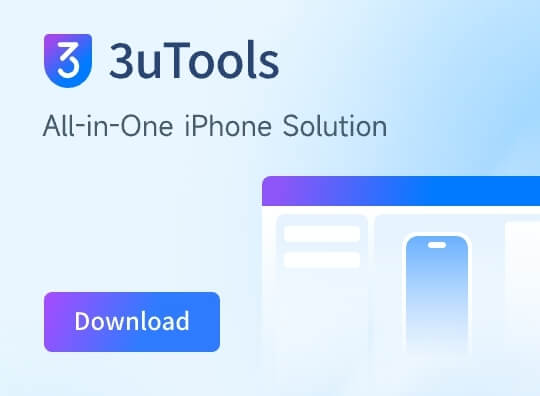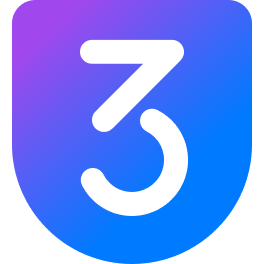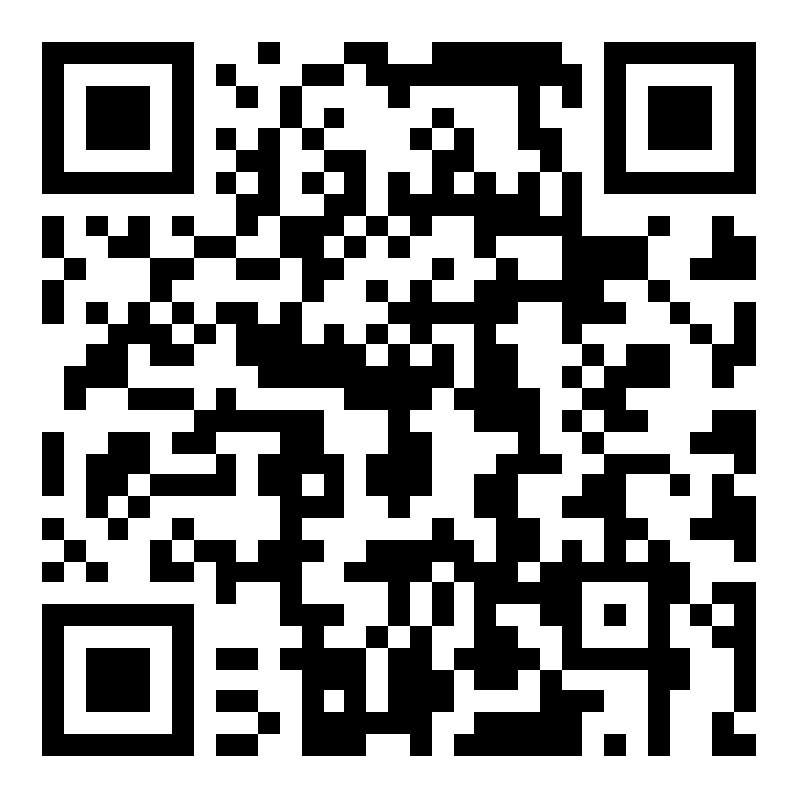Apple Card Launched Three Years Ago, Remains Exclusive to U.S. Residents
08/17/2022
610
This month marks three years since the Apple Card launched in the United States. Apple's credit card first rolled out to a limited number of customers on August 6, 2019 before expanding to all eligible U.S. residents two weeks later.

Unfortunately for iPhone users living in other countries, however, the Apple Card has still yet to launch outside of the United States.
One country where the Apple Card would especially make sense is Canada, where the iPhone has over 50% market share and 76.2 million Visa and Mastercard cards were in circulation as of January 2021, according to the Canadian Bankers Association. Apple Card's standard 2% cashback on purchases made via Apple Pay and 3% cashback at participating merchants would be competitive with other Canadian credit cards, but it's likely that the Apple Card's rewards would vary on a country-by-country basis.
During a trip to Germany in 2019, Apple CEO Tim Cook said that Apple was open to offering its credit card in additional countries, but he noted that banks and regulations vary around the world. Last year, the Apple Card trademark was approved in Canada, but Apple has yet to announce any plans to expand the card internationally.
Launched in partnership with investment bank Goldman Sachs and Mastercard, the Apple Card can be managed completely through the Wallet app on an iPhone or Apple Watch, with key features including color-coded spending summaries, cashback paid out on a daily basis, an interest-free financing option for purchasing new Apple products, and no fees of any kind beyond interest charges on overdue balances. There is also a physical Apple Card available for use at stores that do not accept contactless payments.
Source: Macrumors












